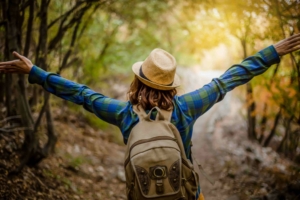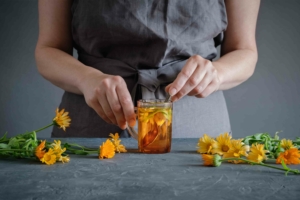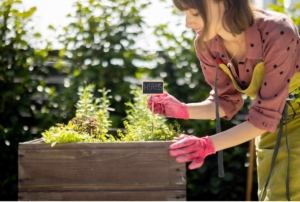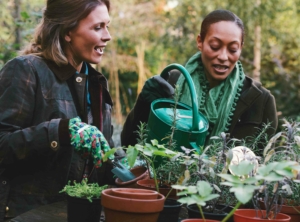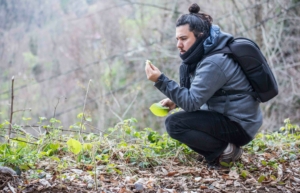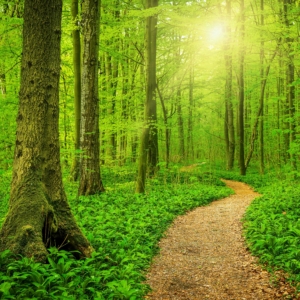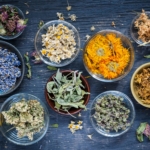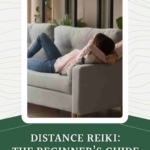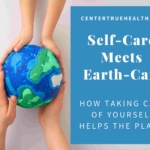When used with awareness and appreciation, herbal medicine can help us not only take care of ourselves, but also can help us in caring for the Earth. For example, when we grow herbs and vegetables ourselves, wildcraft working with plants that are in abundance, or purchase herbs from local herbalists or small-scale herb farms, we’re taking good care of the Earth. In this way, we lessen the environmental impact of shipping from far-off places, instead supporting local economies and becoming more self-reliant.

Tara Muenz, a conservation ecologist, shares the 3 A’s of Appreciation, Awareness, and Action in care-taking for Mother Earth. When you begin working with herbs and making herbal medicine you’re taking action, and you’ll naturally deepen your appreciation and awareness for the Earth’s gifts and needs along the way.
She gives this example: “I was at the farm yesterday harvesting our ginger and a bunch of stinging nettle with deep gratitude and appreciation. I was washing them this morning and preparing to dry them–gratitude can be offered in times like these, before or as you’re harvesting a plant for use, planting their seeds, giving them water and nutrition, etc. Relationships with the natural world, of which we are a part, are essential to life. Positive relationships are about honoring and respect, communication, love and joy. This also pertains to more-than-human relations.”
Further ways to cultivate Awareness from Tara.
Being in Nature
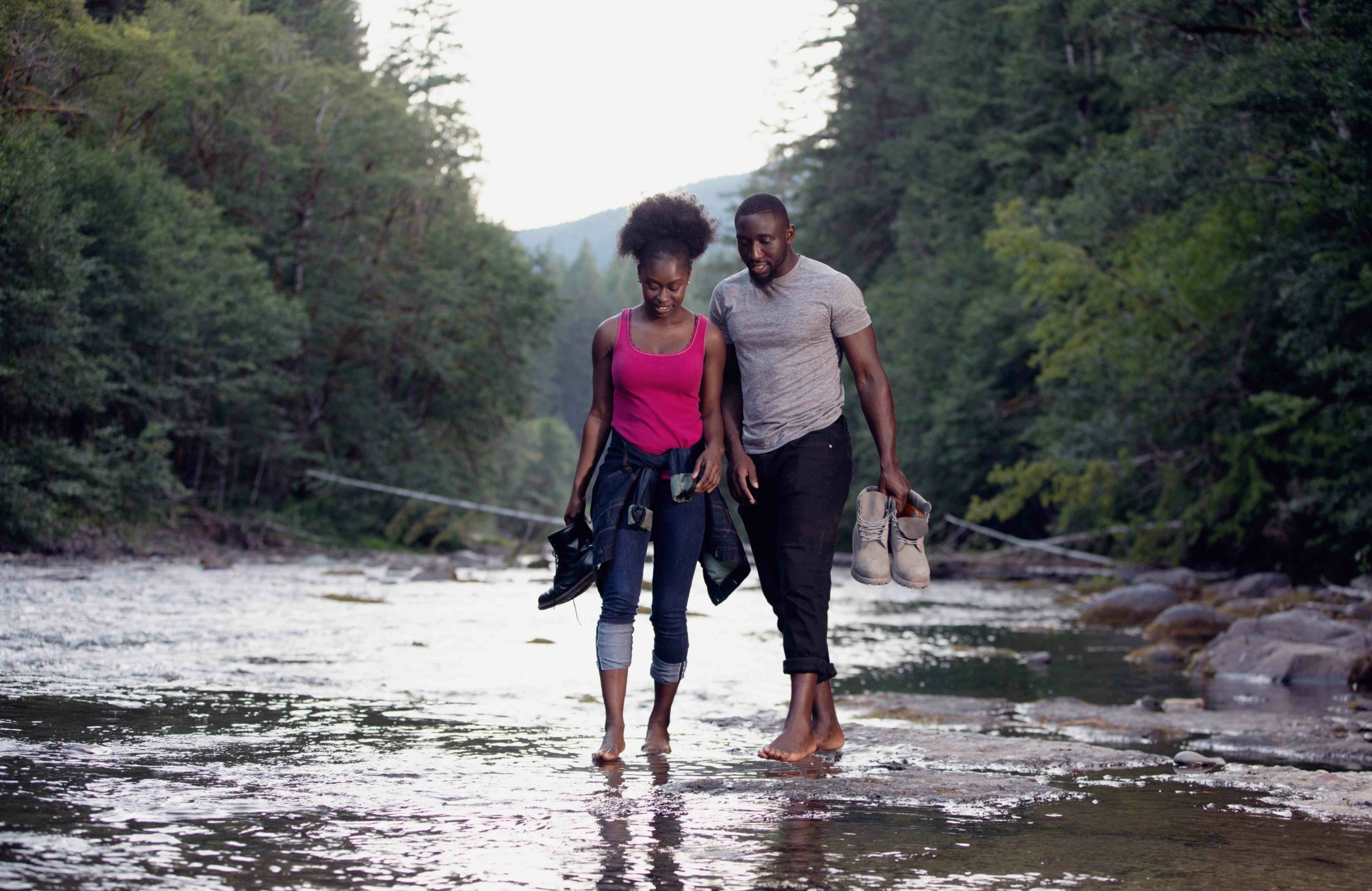 Once I started studying herbalism, my way of relating with the natural world changed dramatically. I was so excited to recognize different flowers, plants, and trees and have the greater awareness and appreciation that Tara talks about, even in New York City (or especially in the city).
Once I started studying herbalism, my way of relating with the natural world changed dramatically. I was so excited to recognize different flowers, plants, and trees and have the greater awareness and appreciation that Tara talks about, even in New York City (or especially in the city).
I highly recommend signing up for local plant walks. During my in-person herbal training, going on plant walks was one of the highlights of the program. Covering the same area at different seasons throughout the year helped me develop a greater awareness and appreciation as I became more in tune with the cycles of the land.
Here are two herbalists who offer plant walks in New York City: (I’ve been wanting to go with both of them so maybe I’ll see you there!)
Liz Neves, Gathering Ground
Marie Viljoen
Here’s a resource to help you find foraging tours, classes, and walks near you.
What are additional ways you can deepen your connection to the natural world?
Earthing or Grounding
If you live in an urban area, earthing or grounding–getting your hands in the soil or standing barefoot on the earth–can have positive health benefits such as reducing inflammation, boosting immunity, and more.
Land Acknowledgment
In this spirit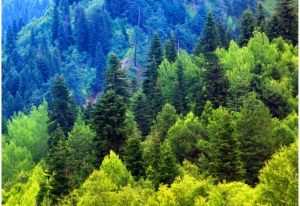 of appreciation, awareness, and action, knowing more about those who lived on the land before us and honoring these original stewards is so important.
of appreciation, awareness, and action, knowing more about those who lived on the land before us and honoring these original stewards is so important.
Native Land Digital offers a searchable world-wide map, as well as educational resources.
I live on Wappinger, Mohican and Munsee Lenape lands and honor them and other Indigenous caretakers of these lands and waters–the elders who lived here before, the Indigenous today, and the generations to come.
Tara takes this a step further, honoring the land itself:
“I appreciate and honor the 1000s of native flora and fauna, water, air, soils, and more, of this area, the original inhabitants of what is called the ‘River of Humans,’ the Delaware River Watershed.”
She outlines how you can do this in more detail in this description of working with students at Drexel University.

